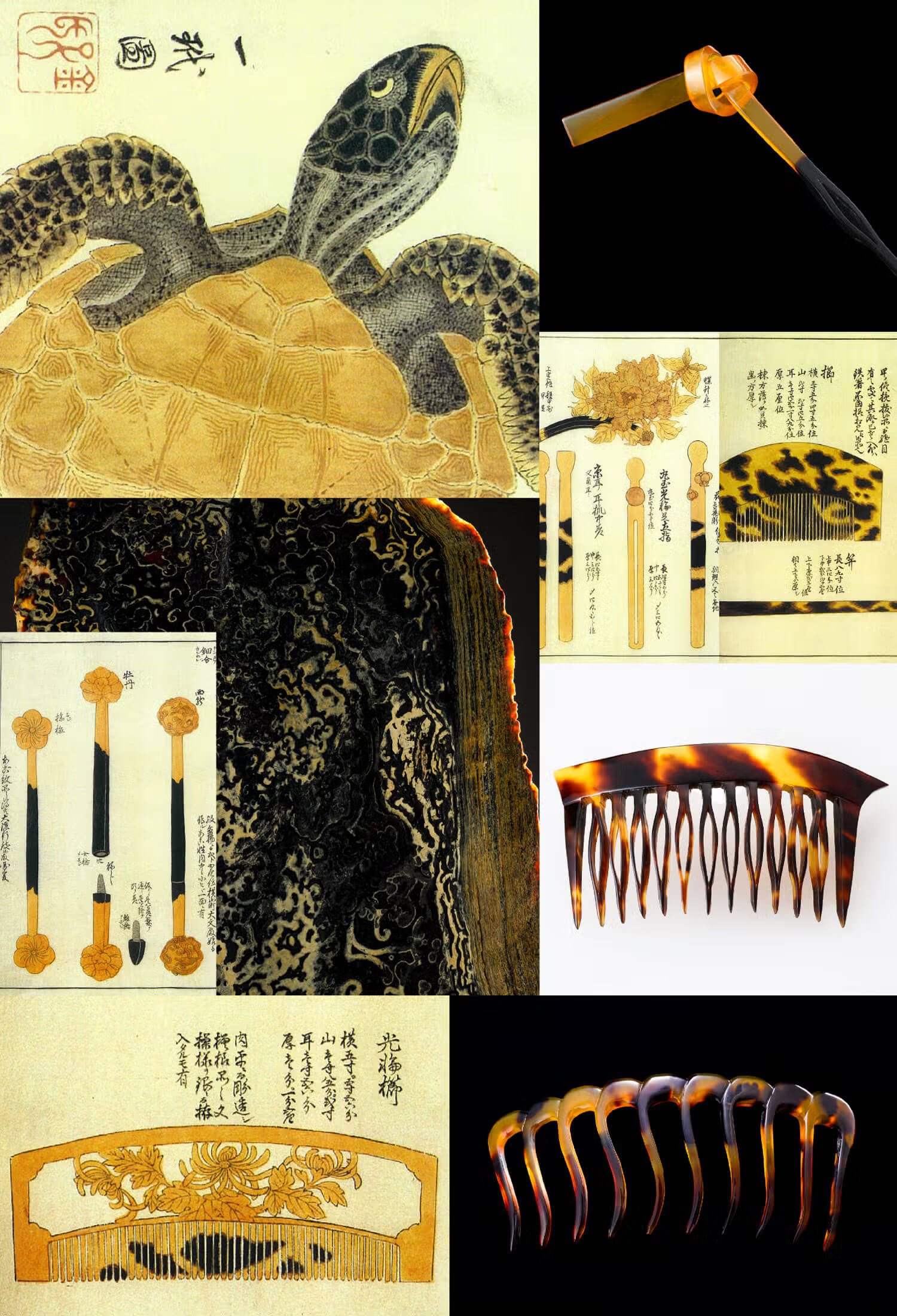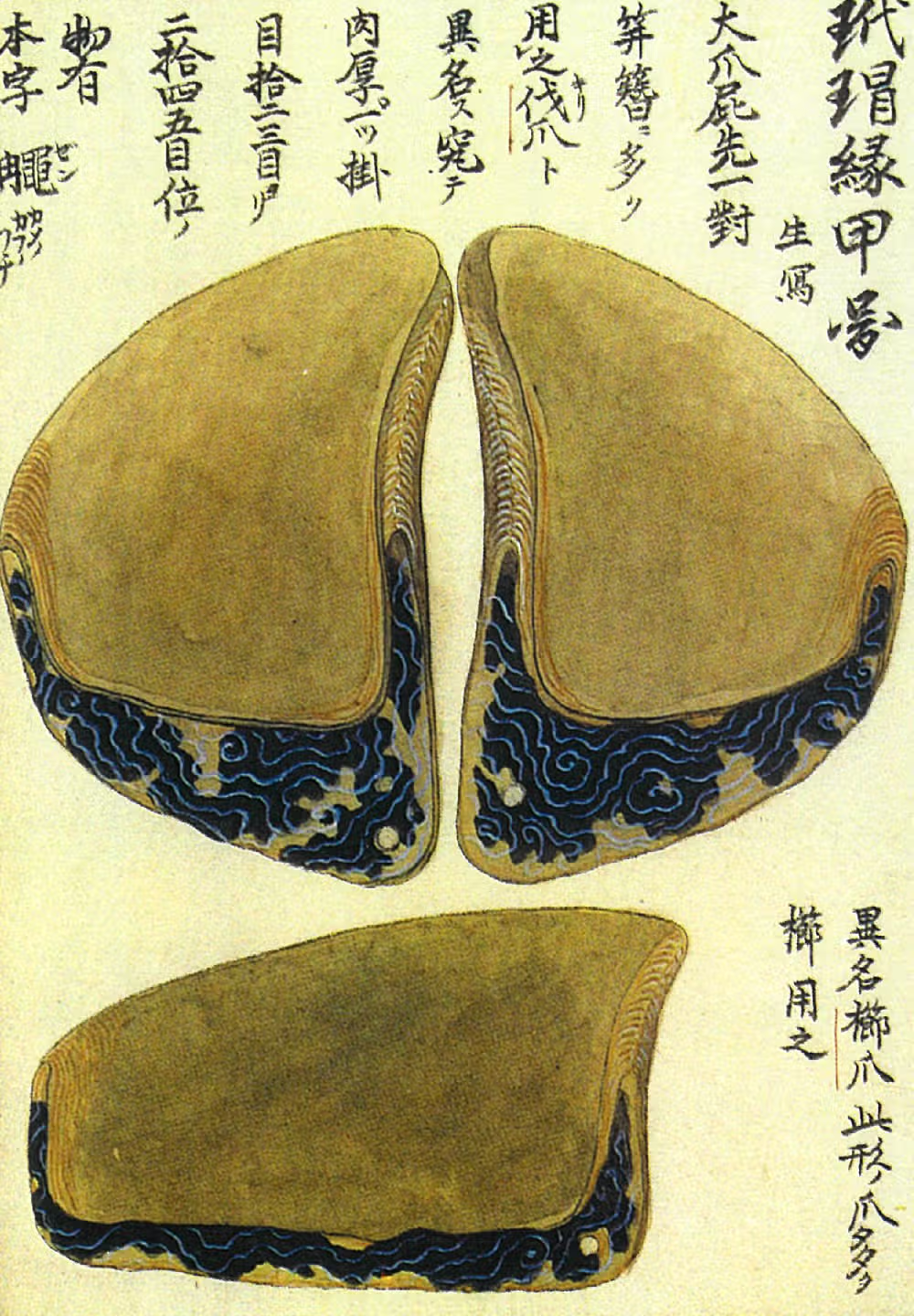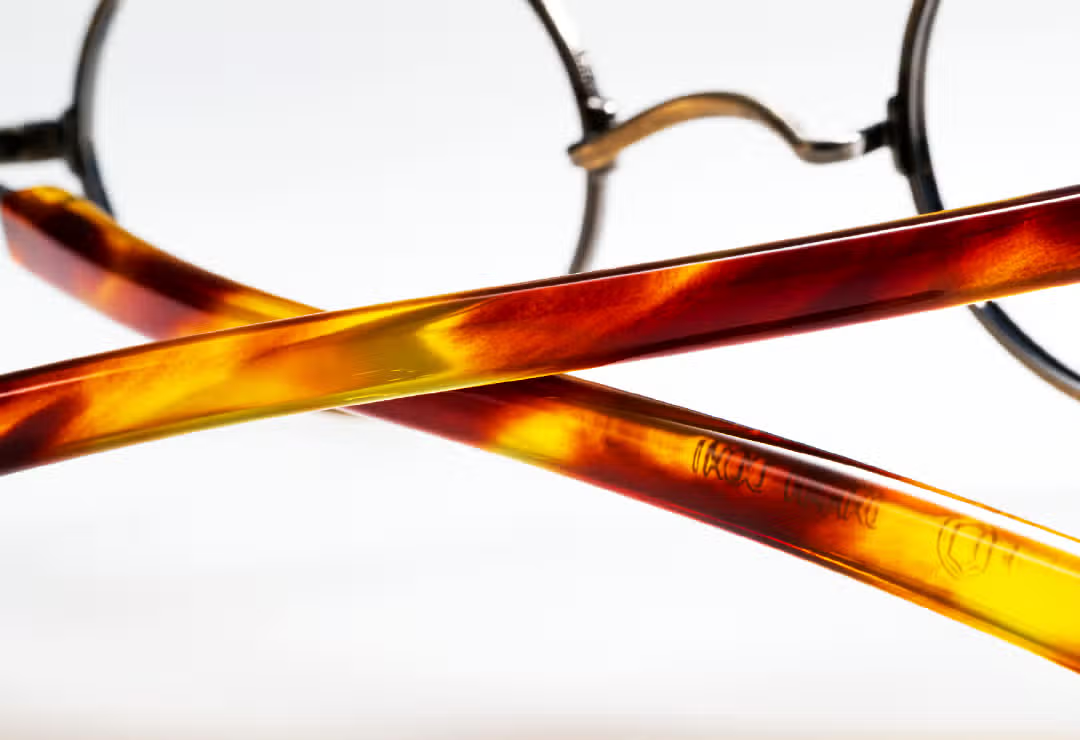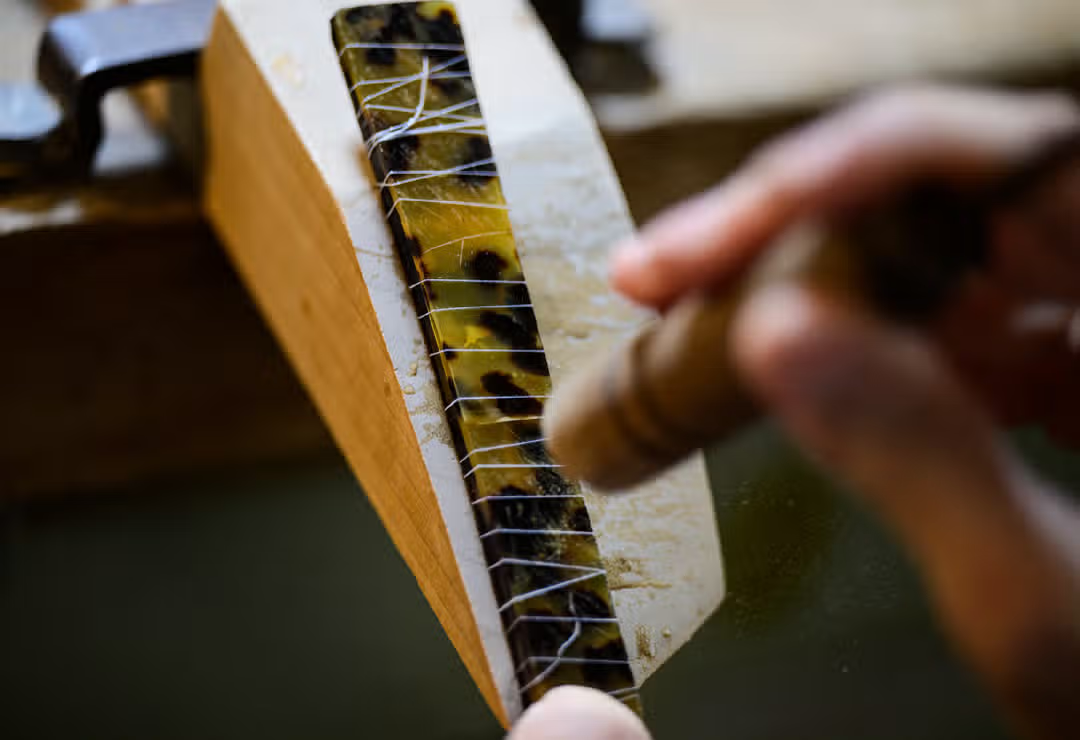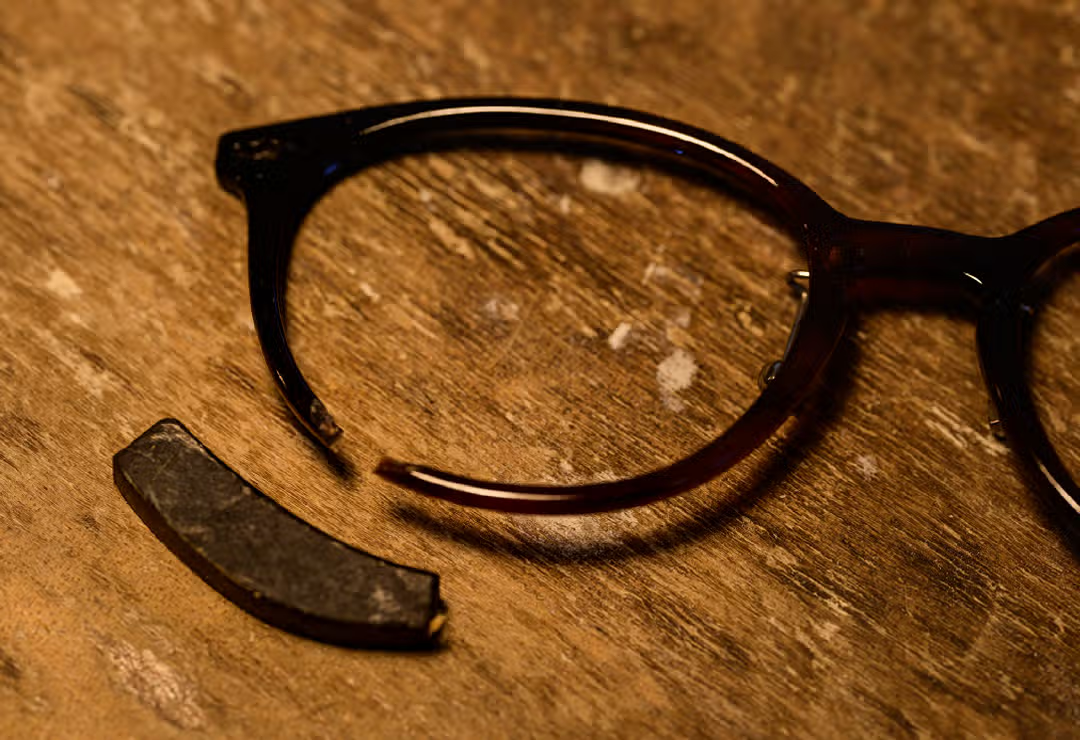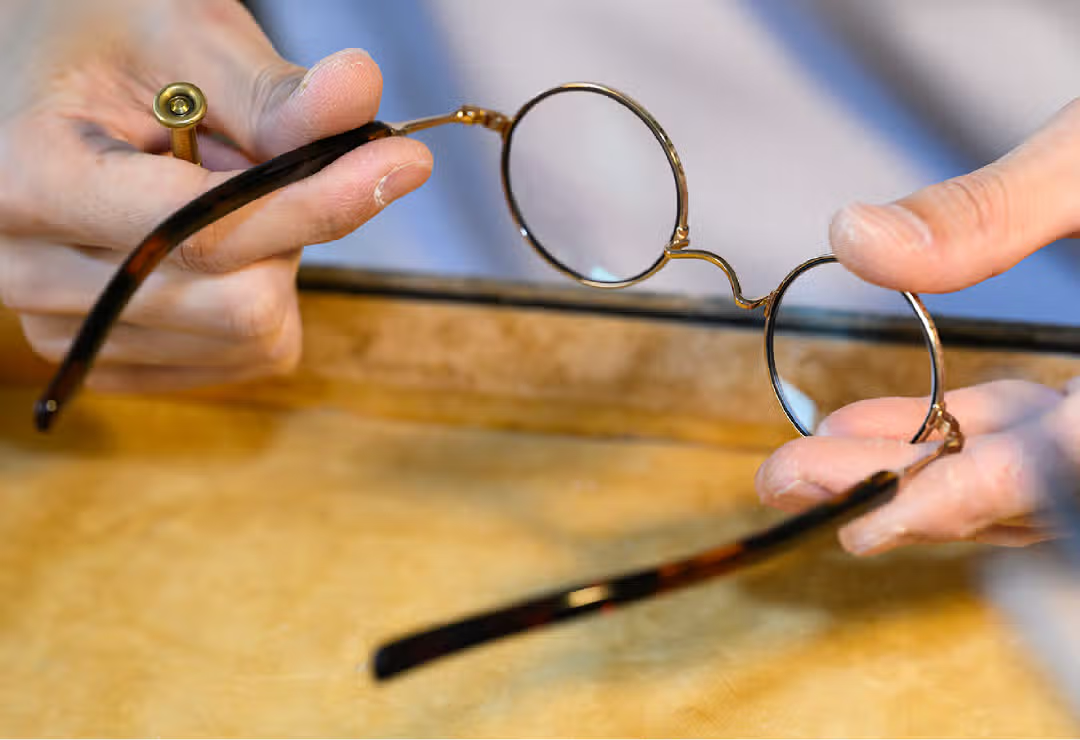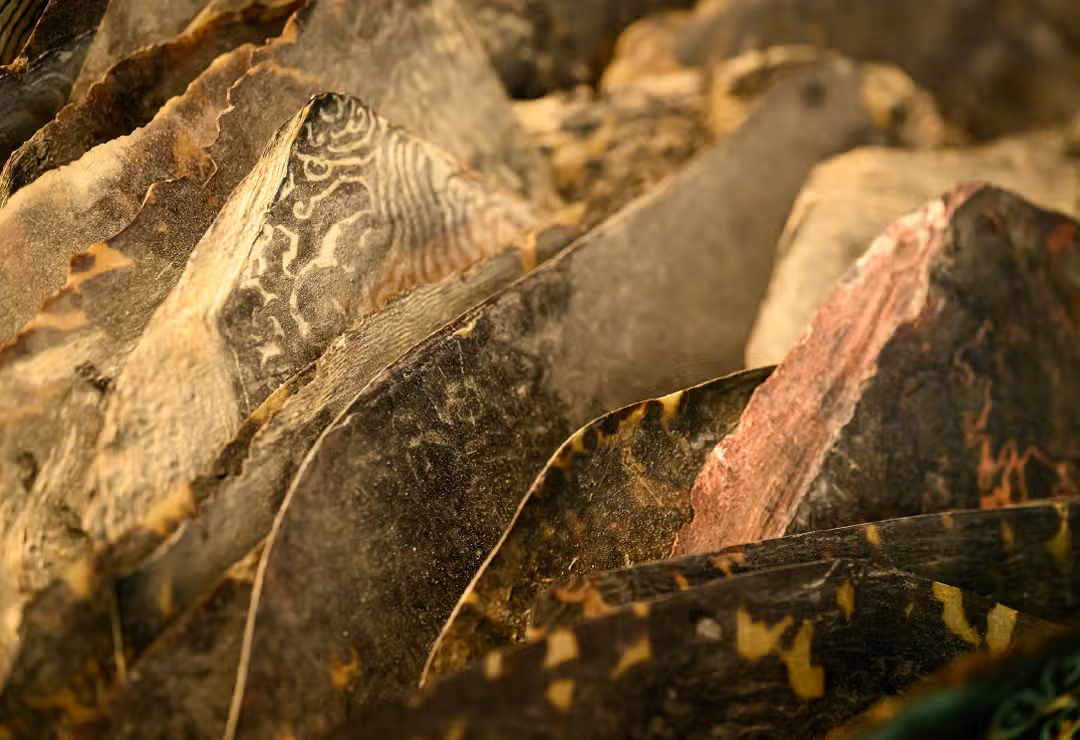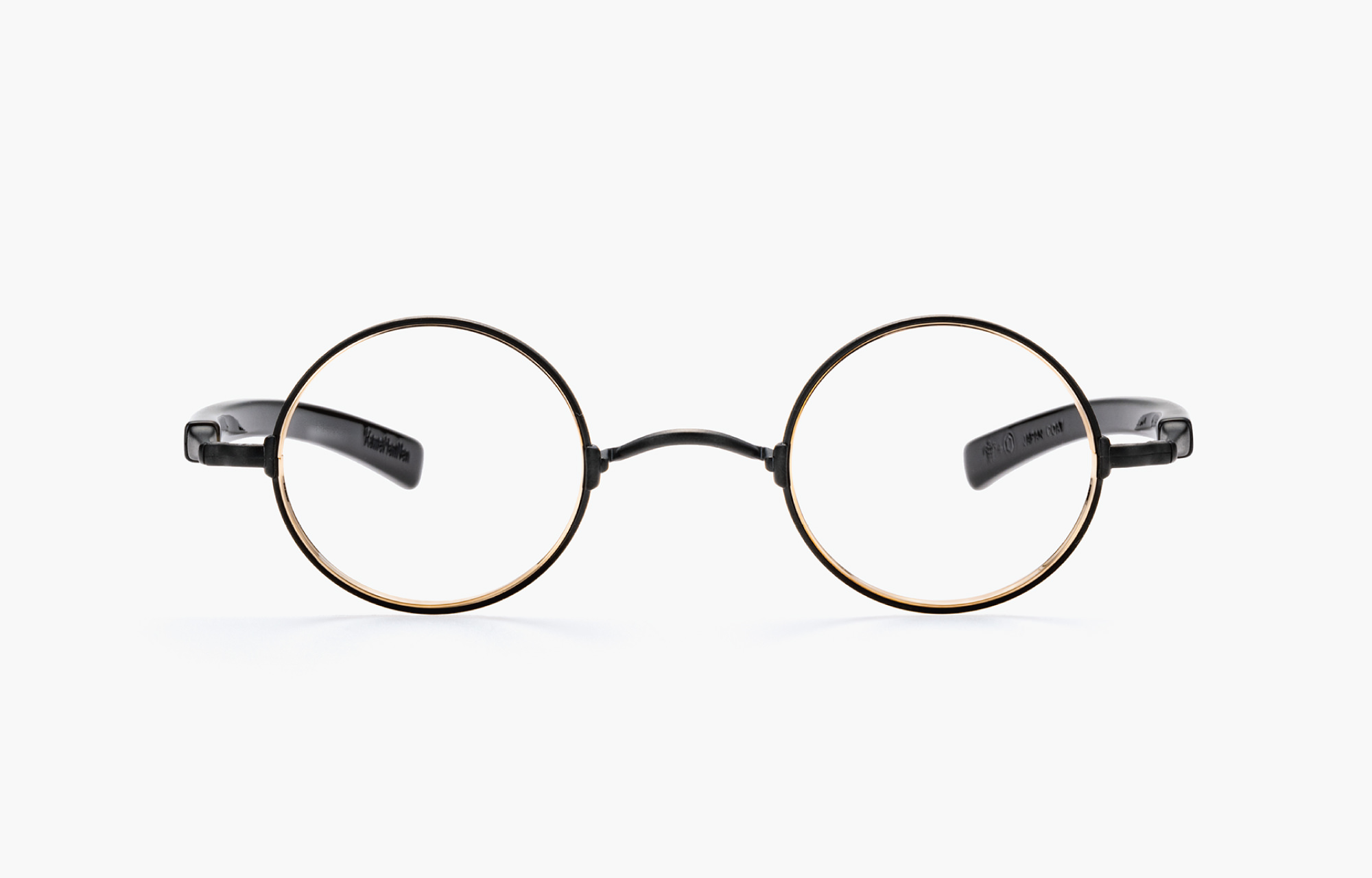History of Bekkō
The history of bekko in Japan dates back centuries.
As early as the Nara period (8th century), tortoiseshell artifacts were recorded among the treasures of the Shōsōin Repository, revered as rare and precious items imported from overseas.
The art of domestic processing flourished in the Edo period, when bekko became widely cherished through traditional Japanese culture, adorning combs, hair ornaments, and obi-dome clasps worn with kimono.
With its elegant sheen, lightness, and graceful flexibility, bekko was treasured as a luxury material among the upper classes.
By the Meiji and Taishō eras, it had earned high esteem as one of Japan’s finest exports to the world.
Among these traditions, the refined craftsmanship cultivated in Tokyo’s old downtown gave rise to Edo Bekko, a unique school of artistry that continues to this day.

